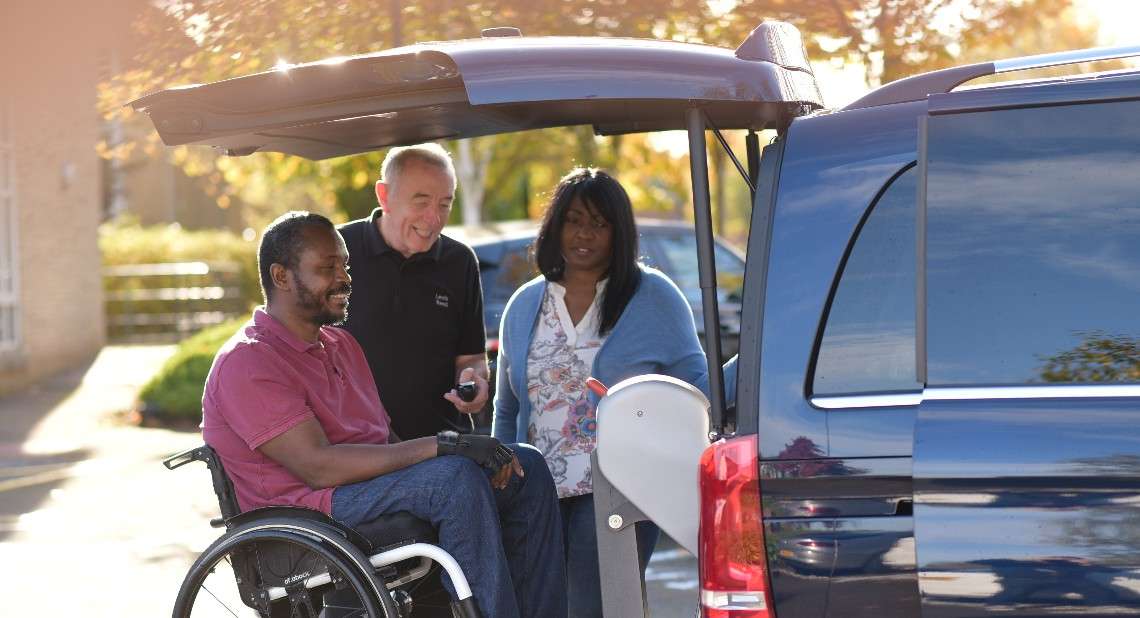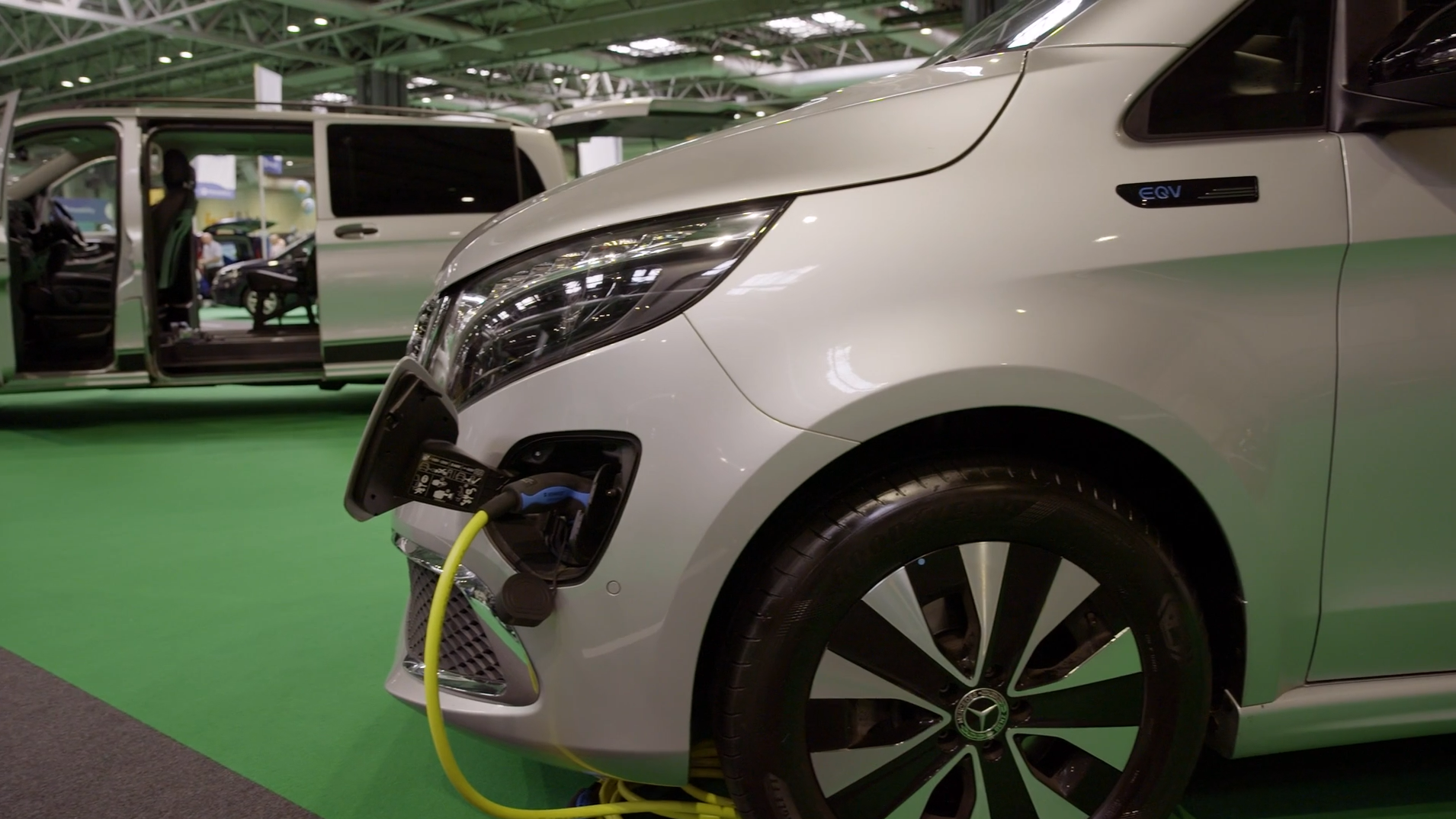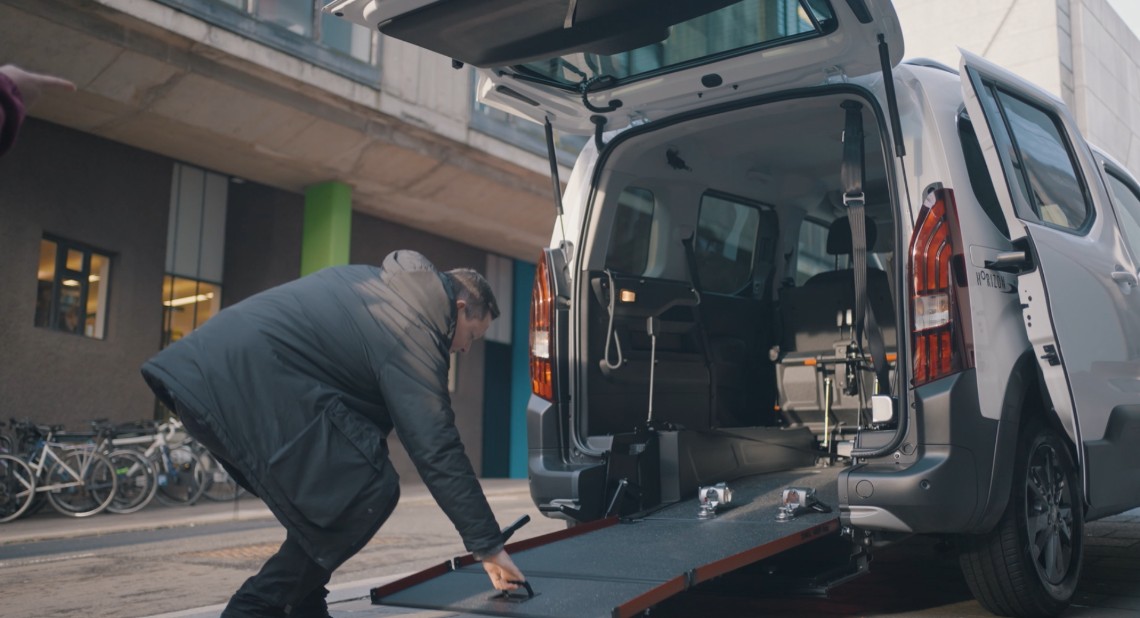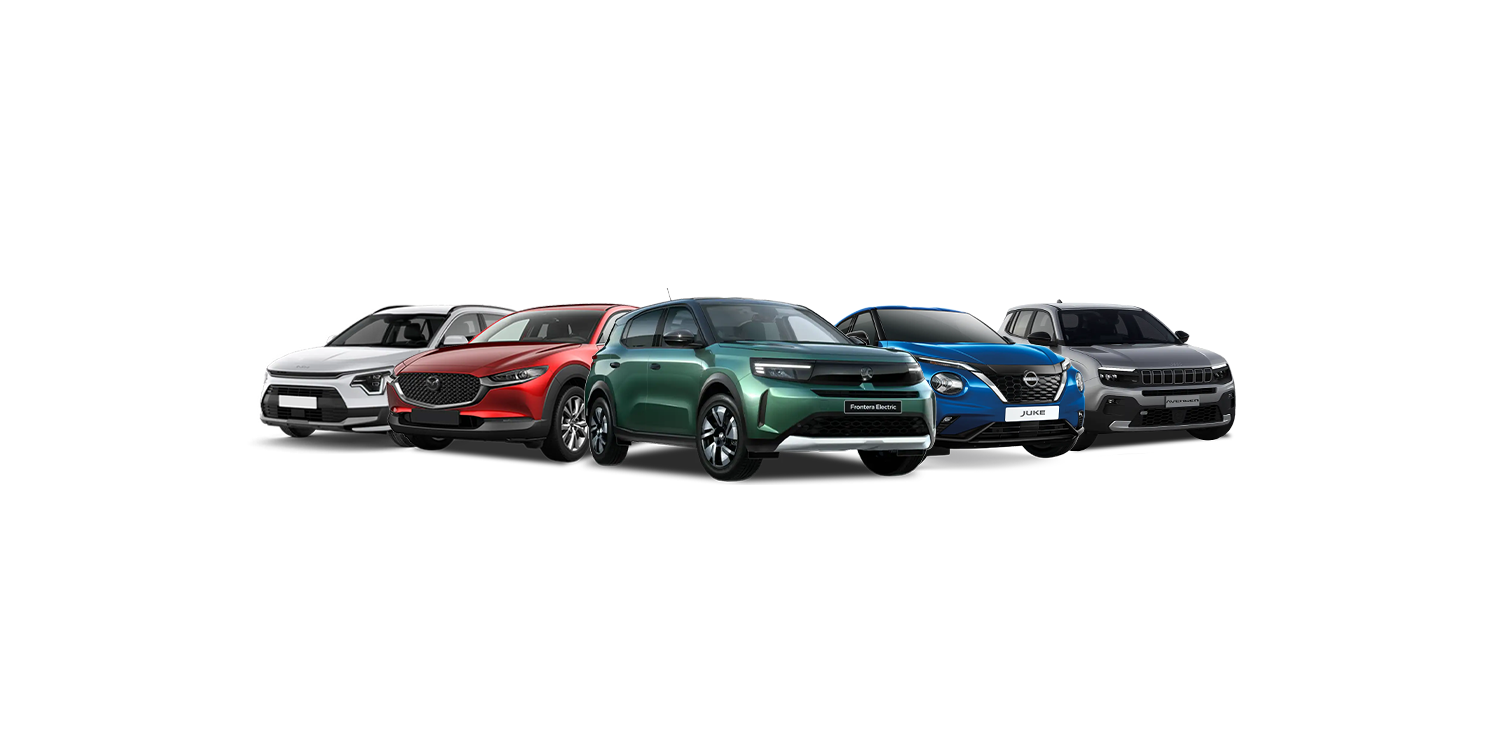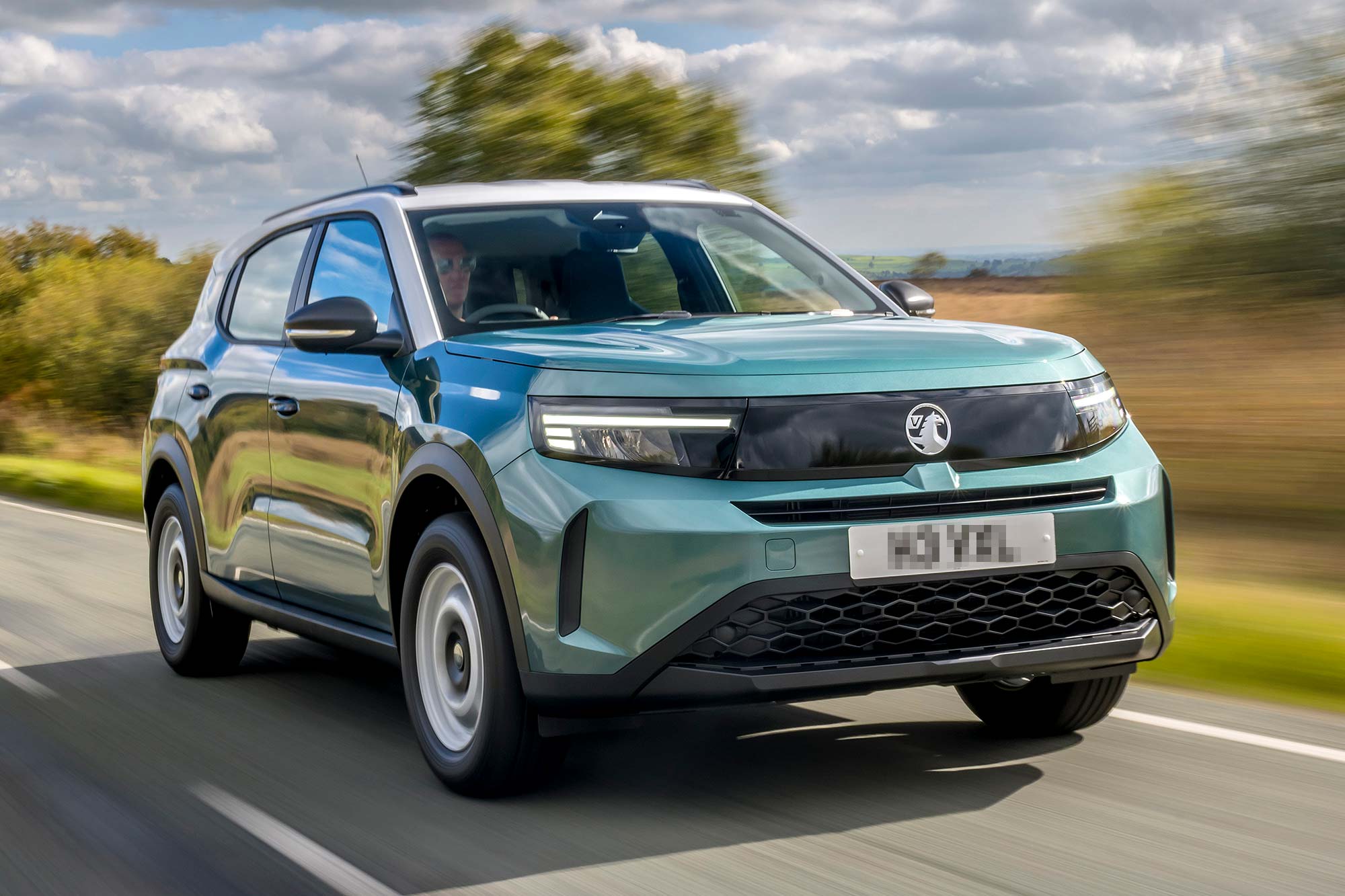As electric vehicles rise in popularity, we know that some customers are curious about what this will mean for Wheelchair Accessible Vehicles (WAVs).
In this article, Graham Lloyd, WAV and Adaptations Account Manager at Motability Operations, shares some useful information about how eWAVs work and what to expect as a Scheme customer.
What are the challenges of building an electric-only Wheelchair Accessible Vehicle (WAV)?
With new petrol and diesel cars to be banned from 2030, Motability’s focus is on how these changes will affect WAVs. In addition to electric vehicles currently being more expensive, there are other engineering challenges involved with building an eWAV (electric-only WAV).
Size is a major challenge. Many customers look for the smallest possible vehicle to meet their basic mobility requirements – nearly 70 per cent of all new WAVs are from our small vehicle category. However, to convert a vehicle for wheelchair access, the necessary headroom needs to be factored in. This is usually achieved by lowering the floor in small and small-medium (and some medium-large) WAVs, which ensures that the customer’s centre of gravity remains low whilst travelling in their chair. This results in a much more comfortable and secure drive.
The challenge for converters is that in electric versions of WAVs, the batteries are situated precisely where the lowered floor section is needed. Medium-large and large models, which don’t feature lowered floor designs, will not need to change too much to go electric.
However, we recognise that the majority of customers looking for a WAV have a preference for a small vehicle. So, we are working closely with The WAV Convertors Association, to ensure a range of smaller eWAVs will be made available on the Scheme by the 2030 deadline.
I want my next WAV to be electric. When will one be on the Scheme?
We are very excited at the prospect of new eWAVs joining the Scheme in 2022.
We currently have two plug-in hybrid WAVs available. Both are based on the Ford Custom WAV, and, as of March 2022, the first of the new generation eWAVs became available in the medium-large category.
As we continue through 2022, we are aware of more converters planning on launching new EVs in the small-medium sector too, which is excellent news. We will be keen to get customer feedback on the real-world use of these vehicles as we are very aware that, aside from the engineering challenges of converting the vehicles, the charging infrastructure must also support the change.
Share your feedback
If you’d like to share your experience of switching from a car to a WAV, or your process for choosing the right WAV for you, please get in touch by sending an email to lifestyle@motability.org.uk
This piece was previously published in Motability’s Lifestyle magazine. You can read the online edition here.
Related articles
Ask the expert: Wheelchair Accessible Vehicles
Emma Muldoon: choosing my next WAV
Moving from a car to a WAV: my experience on the Motability Scheme
![]()
